Selecting the right oil for stainless steel cookware is essential to both the cooking process and the longevity of the pans. Stainless steel is known for its durability and ability to withstand high temperatures. Unlike nonstick cookware, it does not have a coating that can be easily damaged by using the wrong type of oil. However, not all oils are suitable for cooking at the high temperatures that stainless steel can handle. The key is to use oils with a high smoke point to prevent burning, sticking, and the release of harmful substances.
Oils with high smoke points, such as avocado oil, light or refined olive oil, and peanut oil, are optimal choices for stainless steel cookware. They allow for a wide range of cooking techniques, from sautéing to searing, without the risk of overheating and ruining the dish’s flavor profile. More heat-sensitive oils with lower smoke points, such as extra-virgin olive oil or flaxseed oil, may impart great flavor but are better reserved for low to medium-heat cooking or as finishing oils to maintain their health benefits and taste.
In addition to choosing an oil with the proper smoke point, it’s also beneficial to consider the flavor that the oil will contribute to the food being prepared. Neutral oils such as canola and grapeseed will not overwhelm the palate, making them a versatile option for a variety of recipes. Overall, it’s important to balance the type of cooking, flavor preferences, and the characteristics of the oil to make the most out of stainless steel cookware.
 Understanding Stainless Steel Cookware
Understanding Stainless Steel Cookware
Stainless steel cookware offers a harmonious balance of durability and cooking performance, making it a favored choice among professional chefs and home cooks alike. This cookware is particularly recognized for its ability to resist corrosion and maintain a lustrous appearance over time.
Properties of Stainless Steel
Stainless steel is an iron-based alloy that includes a variety of metals, such as chromium and nickel, which enhance its strength and resistance to rust and tarnishing. The primary advantages of stainless steel cookware include:
- Corrosion resistance: High chromium content provides a protective layer against rust.
- Durability: Maintains structural integrity even under high temperatures.
- Non-reactive surface: Does not impart flavors or react with acidic foods.
Types of Stainless Steel in Cookware
Cookware may be manufactured from several types of stainless steel, but the most prevalent in kitchen use is the 300 series. Within this series:
- 304 (18/10) stainless steel: Contains approximately 18% chromium and 10% nickel. It’s commonly used and offers balmy cookware stability and corrosion resistance.
- 316 (18/10) stainless steel: Similar to 304 but with the addition of molybdenum, which elevates its corrosion resistance, especially against chlorides and industrial solvents.
Comparing 18/10, 18/8, and 300 Series Stainless Steel
The numbers 18/10 and 18/8 refer to the composition of chromium and nickel, respectively, which affect the cookware’s ability to resist corrosion and impact its overall longevity. Here’s a comparison:
| Type | Chromium | Nickel | Features |
|---|---|---|---|
| 18/10 | 18% | 10% | Balance of performance and corrosion resistance, widely used |
| 18/8 | 18% | 8% | Slightly less nickel, marginally less corrosion-resistant |
| 300 series | Varies | Varies | General term for this alloy group, includes both 304 and 316 |
Stainless steel pans from the 300 series are known for their robust structure and adaptability in various cooking applications, making them an essential component of modern kitchens.
 Selecting the Best Oils
Selecting the Best Oils
When it comes to cooking with stainless steel cookware, the selection of the right oil is crucial. It affects both the outcome of the dish and the longevity of the cookware. Here is a guided explanation on how to pick the best oils based on smoke point, health, safety, and cooking methods.
Understanding Smoke Points
The smoke point of an oil is the temperature at which it starts to smoke and break down, affecting both the flavor and the nutritional value of the food. For stainless steel cookware, particularly when searing or frying at high heat, it is advisable to use oils with high smoke points to prevent burning.
- High Smoke Point Oils: Ideal for searing and sautéing, these oils include:
- Peanut oil: smoke point around 450°F (232°C)
- Vegetable oil: smoke point about 400-450°F (204-232°C)
- Grapeseed oil: smoke point approximately 420°F (216°C)
- Medium Smoke Point Oils: Suitable for moderate heat cooking, such as light sautéing.
- Olive oil: smoke point ranges from 375-400°F (190-204°C)
- Coconut oil: smoke point around 350°F (177°C)
Health and Safety Considerations
Using oils with suitable smoke points is safe and ensures that they do not decompose to form harmful free radicals. Oils oxidize at high temperatures, so one should select an oil not just on its smoking point but also on its composition and stability to maintain a healthy cooking environment.
- Stable Oils to Consider: Unsaturated fats like peanut and grapeseed oil are more stable at high temperatures.
- Oils to Avoid for High Heat: Oils low in saturated fats, such as flaxseed or extra virgin olive oil, are less stable at high temperatures.
Matching Oil to Cooking Method
Different cooking methods require oils with properties that match the technique:
- For Searing: Oils with high smoke points are necessary. They allow the frying pan to get sufficiently hot without the oil burning.
- Use peanut or vegetable oil for an effective sear.
- For Sautéing: Medium smoke point oils offer sufficient heat resistance for the gentler cooking process involved in sautéing.
- Olive oil is a good choice for its balance of smoke point and flavor.
- For Seasoning: A high smoke point oil is also essential for seasoning stainless steel cookware to create a nonstick surface.
- Flaxseed and canola oils are often recommended for this purpose due to their ability to polymerize and form a hard, protective layer.
It is imperative to choose oils intelligently based on their smoke points and the intended cooking method to ensure safe, health-conscious, and flavor-preserving cooking with stainless steel cookware.
 Best Practices for Cooking with Stainless Steel
Best Practices for Cooking with Stainless Steel
When cooking with stainless steel cookware, mastering certain techniques can enhance the cooking experience and outcome. Stainless steel is valued for even heat distribution and durability, making it an excellent choice for various cooking methods, such as searing meats or sautéing vegetables.
Preheating Techniques
Preheating the stainless steel cookware is a critical step. One should heat the pan over medium-high heat for about two minutes to ensure it is adequately preheated. An evenly preheated pan will cause water droplets to form a “mercury ball” effect, indicating the right temperature to start cooking. This is especially important for delicate foods like eggs, ensuring they do not stick.
Avoiding Food Sticking
To reduce the risk of food sticking, it is essential to:
- Preheat the pan before adding oil.
- Use enough oil or fat to create a barrier between the food and cookware.
- Wait until the oil shimmers or just begins to smoke before adding food.
- Allow the food to sear undisturbed for a few minutes, which creates a crust that will release more easily from the pan.
Cooking Different Types of Food
Different types of food require different approaches with stainless steel cookware:
- Eggs: Use low to medium heat and ample oil or butter to avoid sticking.
- Meat: Sear at higher temperatures to develop a crust; avoid moving the meat around too much initially.
- Vegetables: Sauté over medium heat; denser vegetables may require longer cooking times.
By adhering to these practices, cooks can make the most of their cookware set, whether frying, searing, or sautéeing. Each technique ensures stainless steel pans perform optimally, maintaining the quality of the cookware while producing well-cooked dishes.
 Maintenance and Care
Maintenance and Care
Maintaining stainless steel cookware is essential for both its appearance and performance. Proper cleaning methods, timely addressing of common issues, and measures to preserve the cookware’s longevity are pivotal.
Cleaning Methods
When cleaning stainless steel pots and pans, the use of warm soap and water is often sufficient. For tougher stains, a paste made of baking soda and water can be gently applied with a scrubber. It’s important to always dry the cookware completely to prevent water spots.
- Dishwasher Safe: Most stainless steel cookware sets are dishwasher safe, but hand-washing is recommended to maintain shine.
- Stubborn Residue: For more persistent issues, soaking in hot soapy water followed by the application of Bar Keepers Friend can be effective.
Addressing Common Issues
Encountering problems such as rust, pitting, and white spots is not uncommon, but they are treatable.
- Rust: Gentle scrubbing with a mixture of vinegar and baking soda can remove rust, taking care not to scratch the surface.
- White Spots: These are often caused by calcium buildup and can be removed with a mixture of vinegar and water.
Pitting is usually a result of salt exposure; it’s best to add salt to water only after it reaches boiling point to avoid this issue.
Preserving Cookware Longevity
Preservation of the cookware involves proper use and handling.
- Preheating: To avoid warping, never heat an empty stainless steel pot; always preheat at a moderate temperature.
- Cooking Utensils: Use silicone, nylon, or wooden tools to prevent scratches.
- Cleaning Tools: Avoid steel wool which can severely scratch the surface; opt for softer scrubbers instead.
With attentive care, stainless steel cookware can remain in excellent condition for many years, retaining both its functionality and aesthetic appeal.
Advanced Tips for Stainless Steel Cookware
For those who want to master the art of cooking with stainless steel cookware, understanding heat distribution and flavor optimization is crucial. The material’s versatility across heat sources adds to its appeal for professional and home chefs alike.
Enhancing Heat Distribution
Stainless steel has a reputation for even heat distribution, especially when designed with an aluminum or copper core. These metals conduct heat more efficiently than stainless steel alone, thereby eliminating hot spots. Cookware with a tri-ply or multi-ply construction that includes layers of aluminum or copper sandwiched between stainless steel provides the best of both worlds: durability and improved heating. When preheating, chefs should bring the pan to temperature gradually to ensure uniform heat distribution, which is essential for achieving a consistent cook on ingredients.
Maximizing Flavor and Deglazing
One of the advantages of stainless steel cookware is its proficiency in developing a fond, the caramelized bits of food that stick to the bottom of the pan. To extract this flavor, deglazing is key. After searing meat or vegetables, one can add a liquid like wine or broth to the hot pan, using a wooden spoon to scrape up the fond. This technique not only enriches the dish’s taste but also forms the foundation for a rich pan sauce.
- Deglazing Steps:
- Remove the main ingredient, leaving the fond.
- Pour in deglazing liquid.
- Scrape the fond while the liquid simmers.
- Stir until the liquid reduces and thickens into a sauce.
Using Cookware on Various Heat Sources
Stainless steel cookware can often be used on an array of heat sources including gas, electric, and induction cooktops. Many pieces are induction compatible due to the magnetic properties of stainless steel. The versatility extends to the oven, with most high-quality stainless steel cookware being oven-safe up to high temperatures, which is beneficial for dishes that require heat retention during the transition from stovetop to oven. For maintenance of cookware integrity, it’s advised to consult the manufacturer’s guidelines regarding maximum safe oven temperature.
 Accessorizing Stainless Steel Cookware
Accessorizing Stainless Steel Cookware
Choosing the right accessories can significantly enhance the performance and versatility of stainless steel cookware. The following subsections detail the essential tools and specialized add-ons recommended for anyone looking to fully equip their stainless steel cookware.
Essential Tools and Accessories
A well-equipped set of stainless steel cookware often includes saucepans, saute pans, and a stock pot, but the right accessories are just as important for day-to-day cooking. Handles and rivets need to be sturdy and heat-resistant to ensure safety and durability. Look for magnetic properties in cookware bases if induction cooking is preferred.
- Handles: Must be securely attached, preferably with stainless steel rivets, and should stay cool to allow safe handling.
- Lids: Tempered glass or stainless steel lids that fit snugly to conserve heat and moisture.
- Utensils: Opt for silicone or wooden utensils to prevent scratching.
- Cleaning: Non-abrasive cleaners and sponges to maintain the cookware’s finish.
Cookware Add-Ons for Specialized Cooking
For those who take cooking seriously, specialized add-ons can expand the capabilities of a stainless steel cookware set. Each type of cookware or accessory can be chosen to suit particular cooking methods:
- Grill Pans: For charring vegetables and grilling meats on the stovetop.
- Steamer Inserts: Turn a stock pot or saucepan into a steamer for vegetables and fish.
- Double Boilers: Ideal for delicate tasks like melting chocolate or making custards.
- Copper Inserts: Copper offers excellent heat control for saucepans or saute pans.
Selecting high-quality add-ons like those from trusted brands such as Cuisinart not only broadens the range of cooking techniques but also ensures compatibility and longevity. Whether searing, simmering, or sautéing, the right tools and cookware add-ons are indispensable for any stainless steel cookware owner.
Evaluating Cookware Brands and Quality
When selecting stainless steel cookware, it’s crucial to consider both the brand reputation and the cookware’s features. These aspects directly impact the cookware set’s performance and longevity.
Market Leaders in Stainless Steel Cookware
All-Clad and Cuisinart are two of the market leaders in the stainless steel cookware category. All-Clad is renowned for its high-quality construction and professional-grade products that cater to the needs of chefs and discerning home cooks alike. All-Clad offers a variety of stainless steel cookware sets that are known for their durability and even heat distribution.
Cuisinart, on the other hand, provides stainless steel cookware that balances quality with affordability. Their products are widely appreciated for their thoughtful designs and reliable performance, making them a go-to for everyday cooking tasks.
Identifying High-Quality Features
When evaluating stainless steel cookware for quality, there are specific features to look for:
- Design: A well-designed cookware set should have a balanced weight. It should be heavy enough to sit securely on the stove but not too heavy as to make handling difficult. Comfortable handles that stay cool on the stovetop are also a sign of good design.
- Durability: High-quality stainless steel cookware sets will often feature multiple layers of metal, such as a triple-ply or 5-ply construction, which typically includes an aluminum core sandwiched between stainless steel layers to enhance heat conductivity and durability.
- Material: The grade of stainless steel is imperative to consider. Look for 18/10 stainless steel, which contains 18% chromium and 10% nickel, known for its rust resistance and shine. Cookware with this material composition is a popular choice among professional chefs due to its robustness and longevity.
 Financial Considerations and Value
Financial Considerations and Value
When selecting oils for cooking with stainless steel cookware, both the immediate price and the longer-term value should be taken into account. Not all oils are created equal; some have cost benefits that align with their use in the kitchen, particularly with stainless steel, nonstick, and induction cooktops compatible cookware.
Balance Between Cost and Quality
Consumers ought to consider the balance between cost and quality when choosing the best oil for their stainless steel cookware. High-quality oils with higher smoke points, such as avocado or refined olive oil, may come with a steeper price tag but provide better performance when used with stainless steel cookware on various heat sources, including induction cooktops. On the other hand, less expensive oils like vegetable or canola can also suffice for everyday cooking, despite their lower smoke points.
- Avocado Oil: Higher cost but ideal for high-heat cooking.
- Refined Olive Oil: More expensive, offers a balance of flavor and heat tolerance.
- Vegetable/Canola Oil: Cost-effective, suitable for moderate-heat cooking.
Long-Term Investment and Savings
Investing in the right oil for stainless steel cookware is also a matter of long-term savings. Oils with high smoke points not only enhance the cooking experience but also protect the cookware. The durability of stainless steel is maximized by using appropriate oils, which prevents damage that might be more common with other types of cookware like aluminum and nonstick pans. Over time, the choice of oil can contribute to extending the life of the cookware, thus saving money.
- Preventive Care: Using the right oil can reduce the need for frequent replacement of cookware.
- Compatibility: Certain oils are more suited for the diverse cooking methods enabled by stainless steel cookware, offering versatility without the need for multiple types of pans, such as nonstick cookware.
Health and Environmental Implications
When selecting oils for stainless steel cookware, one must consider how the cookware may affect their health and the environment. The type of oil used can influence the longevity of the cookware and its environmental footprint, as well as the safety and nutritional value of the food.
Cookware’s Impact on Health
Stainless steel cookware is often lauded for its durability and resistance to corrosion, making it a safe option for cooking. However, the health implications extend beyond the cookware itself to the oils used in it. Oils with higher smoke points, such as avocado or refined olive oil, are safer as they do not decompose quickly and release harmful compounds at high temperatures typical for stainless steel cookware. Dishwasher-safe properties also ensure easy and thorough cleaning, which is vital for maintaining hygiene and food safety.
Environmental Impact of Cookware Manufacturing
The manufacturing process of stainless steel cookware has distinct environmental implications. Stainless steel is predominantly made from iron, chromium, nickel, and molybdenum—elements that require significant energy to extract and process. While stainless steel is durable, reducing the need for frequent replacements, the initial carbon footprint is considerable. On the positive side, stainless steel cookware is often recyclable, lessening its long-term environmental impact. In contrast, aluminum cookware, though lightweight and excellent for heat conduction, can pose more significant environmental challenges due to mining and potential toxicity.
Using oils that enhance the lifespan of cookware can indirectly reduce environmental impact by decreasing the frequency of manufacturing new products. Additionally, when oils are disposed of correctly, they are less likely to contribute to environmental degradation.
Troubleshooting and Repair
When dealing with stainless steel cookware, knowing how to address common issues ensures longevity and optimal performance. Proper maintenance can prevent damage such as scratches, pitting, and warping.
Dealing with Common Damage
Scratches: Stainless steel cookware can sustain scratches over time. To minimize scratches, one should avoid using metal utensils and instead opt for silicone or wooden tools. If scratches occur, a non-abrasive cleaner can help diminish their appearance.
Pitting: Pitting, often the result of salt damage, can be avoided by ensuring that water is at a full boil before adding salt. If pitting has already occurred, a deep clean with a vinegar solution might reduce its severity.
Rust: Should rust spots appear, they can be removed with a paste made from baking soda and water, followed by a thorough rinse and dry.
Warping: Warping can result from thermal shock, which happens when a hot pan is exposed to a sudden temperature change. To avoid warping, one should allow the pan to cool gradually before cleaning.
Carbon Build-Up: Regular sautéing at high temperatures can lead to carbon build-up. This can be cleaned with a baking soda paste or a specialized stainless steel cleaner.
- Thermal Shock: Always allow cookware to adjust to temperature changes gradually to prevent warping or cracking from sudden exposure to different temperatures.
Revitalizing Older Cookware
To rejuvenate cookware that has undergone wear and tear or has minor damage, the following steps are recommended:
- Deep cleaning with a solution of hot water and vinegar can help restore discolored pans.
- For persistent stains or discoloration, a cleaner such as Bar Keepers Friend can be applied with a non-scratch scrubbing pad.
- To treat a chipped surface, it’s best to consult the manufacturer’s guidance, as it might require professional repair.
Remember to always dry stainless steel cookware thoroughly after washing to maintain its luster and prevent water spots from forming.
 Creative Uses Beyond Cooking
Creative Uses Beyond Cooking
Stainless steel cookware, lauded for its durability and even heating, often plays a central role in culinary endeavors. However, it can also find a place outside its traditional realm in the kitchen, from innovative alternative applications to chic home decor, showcasing its versatility beyond pancakes and sautéed dishes.
Alternative Applications for Stainless Steel Cookware
- Art Projects: Stainless steel pots and pans make excellent materials for art projects. Their reflective surfaces can be etched with designs to create unique metal art pieces.
- Plant Holders: They can serve as unconventional plant pots. The high-quality material resists corrosion, making it suitable for both indoor and outdoor plants.
Turning Cookware into Kitchen Decor
- Hanging Pots and Pans: By hanging stainless steel cookware, one can create a stylish and functional kitchen feature. This approach not only saves space but also displays the sleek design of the cookware.
- Shelf Arrangements: Arranging stainless steel pots and pans on open shelves adds a professional kitchen aesthetic to the space, turning the cookware into a part of the kitchen’s visual appeal.
Frequently Asked Questions
In this section, we address common queries about the best oils to use with stainless steel cookware and offer pro tips for maintaining the quality and performance of these kitchen essentials.
Addressing Common Queries
What is the best oil to use for sautéing in a stainless steel pan?
For sautéing, oils with a high smoke point, such as vegetable oil or peanut oil, are ideal. They allow you to sear or sauté at higher temperatures without the oil burning, which prevents sticking and ensures a better cooking experience.
Can I use butter in my stainless steel frying pan?
Butter can be used in stainless steel pans; however, it has a low smoke point and can burn quickly, causing sticking. For better results, mix butter with an oil like canola to raise the smoke point and prevent the butter from burning.
Pro Tips for Stainless Steel Cookware Users
How should I deal with food sticking to my stainless steel pan?
- Pre-heat the pan before adding oil. This will create a nonstick-like surface.
- Add food only after the oil heats up to the appropriate temperature.
Is my stainless steel cookware dishwasher safe?
Many stainless steel pans are dishwasher safe, but it’s wise to check the manufacturer’s instructions. Hand washing with dish soap and water is generally recommended to maintain the pan’s integrity.
What should I avoid doing with my stainless steel cookware to ensure longevity?
- Avoid using salt directly on the pan’s surface as it can cause pitting corrosion.
- Steer clear of metal scrubbers; opt for non-abrasive sponges or cloths.
- Don’t use harsh cleaners; diluted vinegar can help to remove discoloration.
- Keep stainless steel away from prolonged exposure to acidic foods like tomato sauce to prevent damage.
Can eggs be cooked in a stainless steel pan without sticking?
Eggs can stick to stainless steel if the pan isn’t used properly. Ensure the pan is adequately pre-heated and has a thin layer of cooking oil before adding the eggs to minimize sticking.
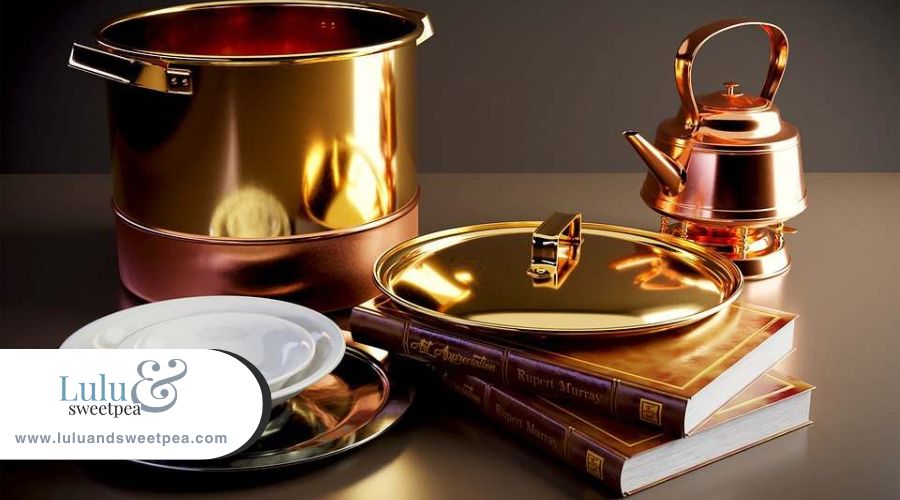
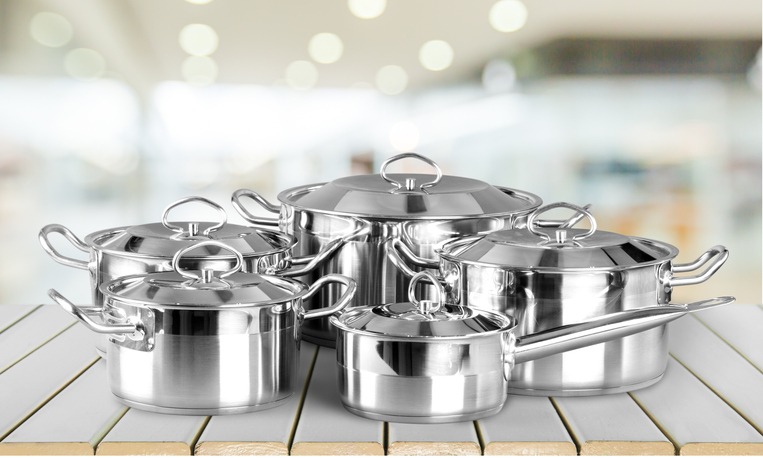 Understanding Stainless Steel Cookware
Understanding Stainless Steel Cookware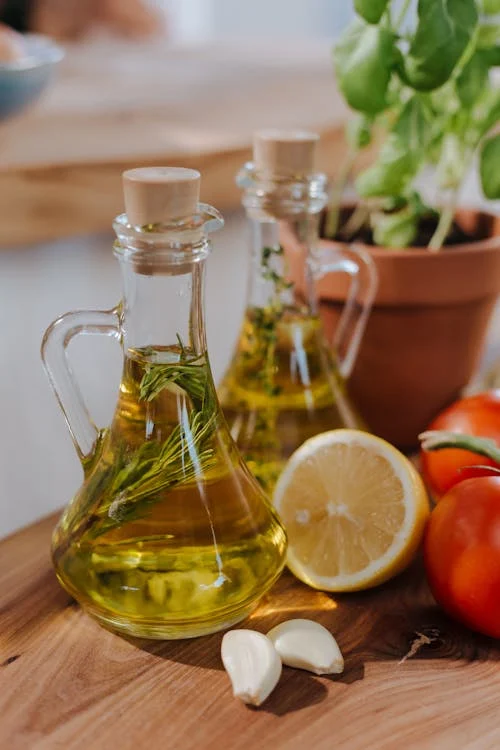 Selecting the Best Oils
Selecting the Best Oils Best Practices for Cooking with Stainless Steel
Best Practices for Cooking with Stainless Steel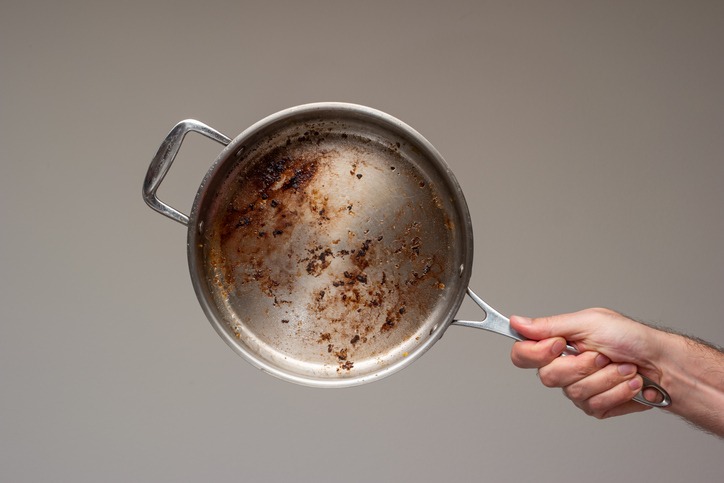 Maintenance and Care
Maintenance and Care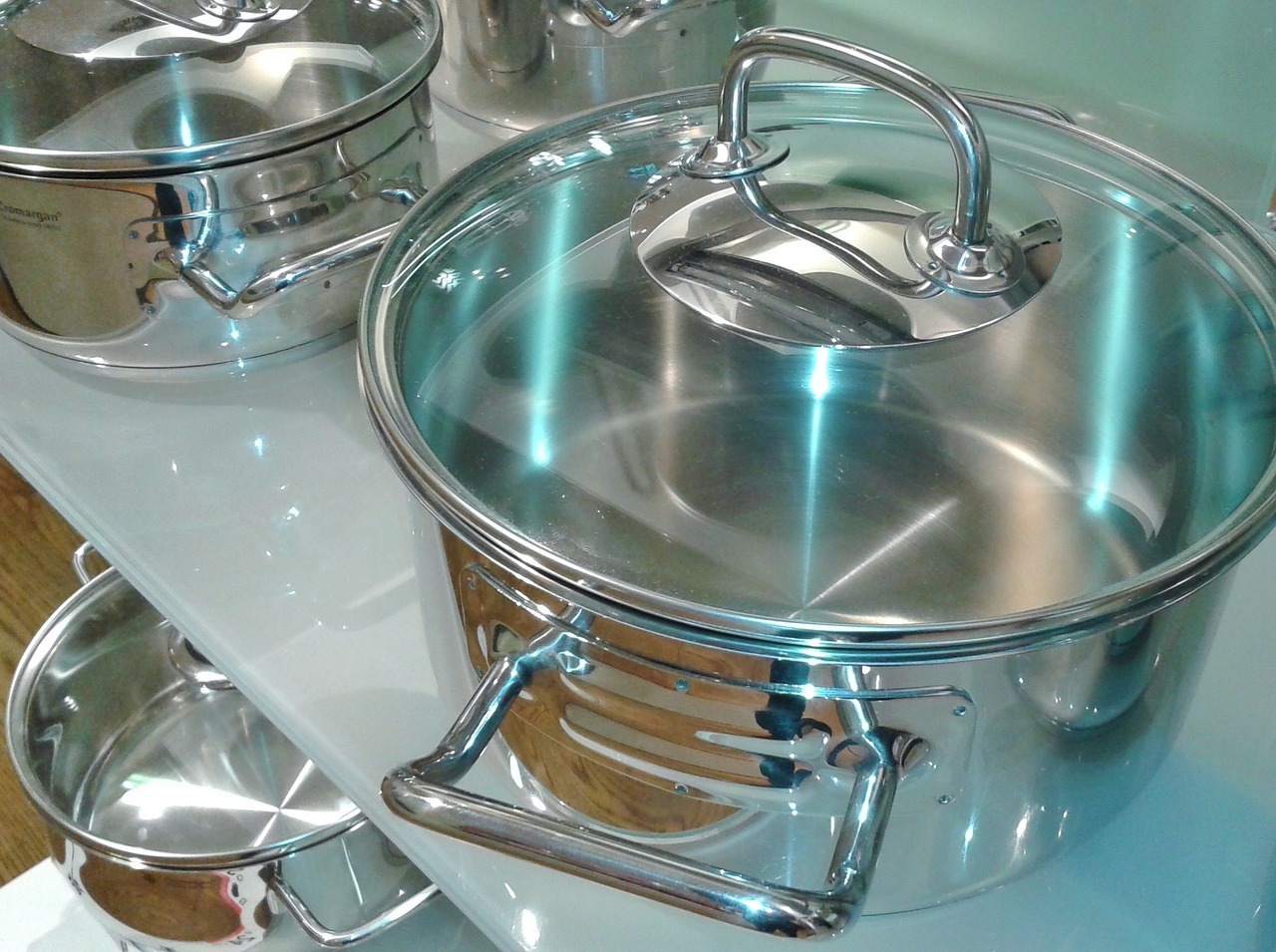 Accessorizing Stainless Steel Cookware
Accessorizing Stainless Steel Cookware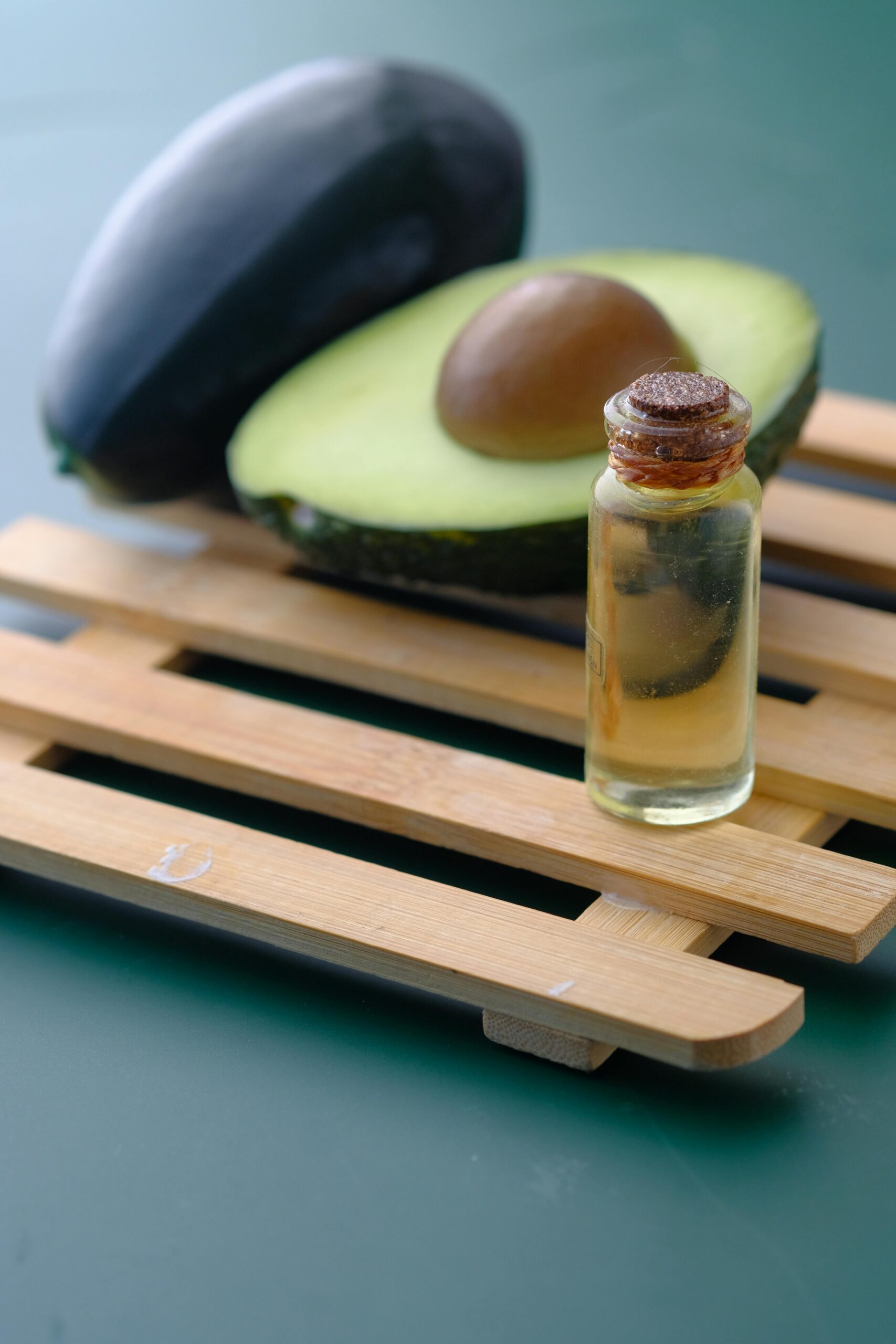 Financial Considerations and Value
Financial Considerations and Value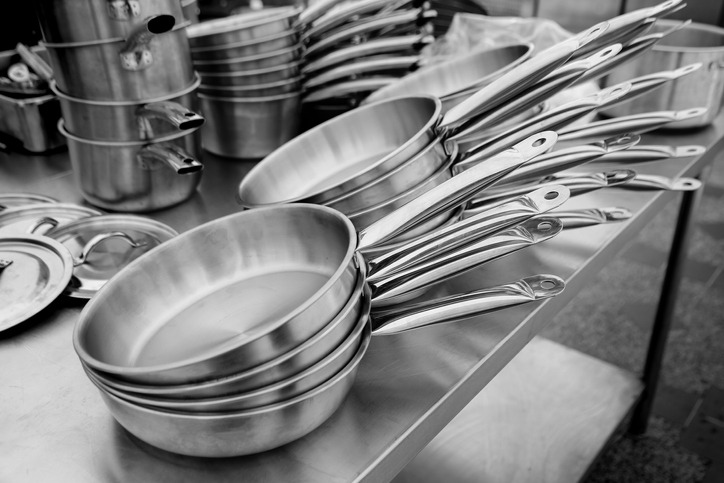 Creative Uses Beyond Cooking
Creative Uses Beyond Cooking